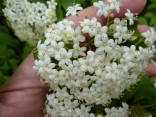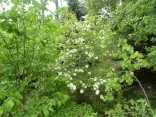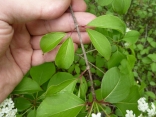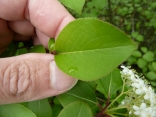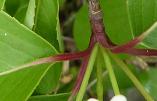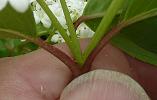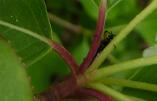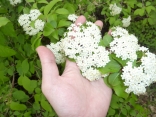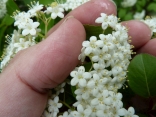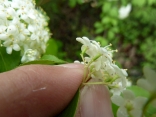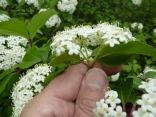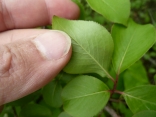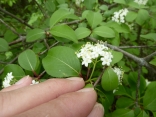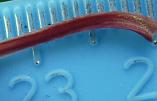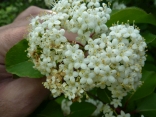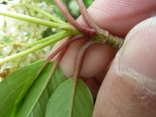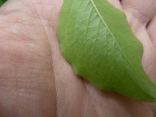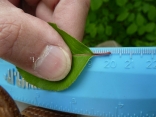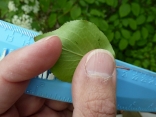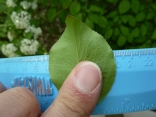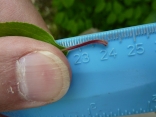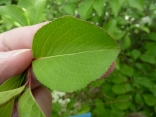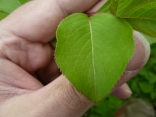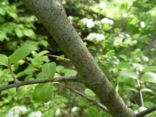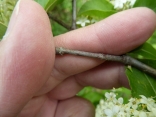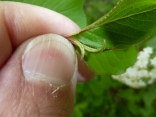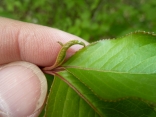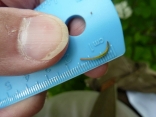Using the new botanical guide by Arthur Haines, Flora Novae Angliae: A Manual for the Identification of Native and Naturalized Higher Vascular Plants of New England, you can see the flow of steps used to identify this species of Viburnum:
- Leaf blades not lobed.
- Winter bud has scales. Only two other Viburnums in New England have unlobed leaves and no leaf bud scales: Hobblebush (Viburnum lantanoides) has very large leaves with a large sterile flower surrounded by small fertile flowers. Wayfaring Tree (Viburnum lantana) has gray stellate (star shaped) hairs on the back of the leaves and there is a short stalk of the inflorescence (penduncle).
- Leaf blades with many-forked and not prominent pinnate veins that do not extend to the tip of the teeth. Winter buds with 2 valvate scales.
- Inflorescence (cymes) not elevated on a peduncle.
- Leaf stem (petiole) 10-20 mm long and has a wavy or tiny tooth-like projections. Some leaf blades have an acuminate tip (gradually tapering to a point with concave sides along the tip). I could not find many acuminate tips. There were only a few. But it is not Smooth Blackhaw (Viburnum prunifolium) because those leaf petioles are only 5-12 mm long.
